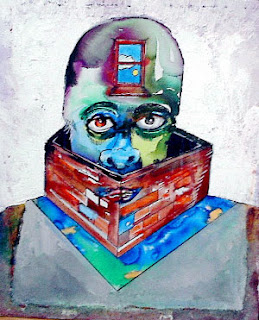 |
| Image from Happy Nuclear Family |
A basic social unit consisting of parents and their children, considered as a group, whether dwelling together or not. Two or more people who share goals and values have long - term commitments to one another and usually reside in the same dwelling. Usually, in our society the structure that most of the families have is the nuclear family. We Filipinos are known for being religious. We believe that a family should only have one father, one mother and their children (or monogamous).
My belief is that every Filipino is like every nuclear family around the globe. They do have a father, a mother, and their children. The father is often called as"Haligi ng tahanan" or the Home's Foundation and the mother is "Ilaw ng tahanan" or The home's light.
The members of one's extended family includes: grandparents, great grandparents, uncles, aunts, cousins, nephews, nieces as well as in some cases brother and sister-in-laws. Basically, just above anyone that doesn't live with your immediate family which would be your mother and father and any siblings. The advantages of having an extended family is that there would be a large family network, social relationships, and so on. And the possible disadvantage is that there would be less attention by parents due to a large number of dependents.
Although expanded through bilateral lineage, the extended family system is further enlarged by the compadrazgo system. In addition to relatives by blood and marriage, each Filipino gaines relatives through godparents rituals and ceremonies. Typically, more wealthy and powerful acquaintances close friends or neighbors of the natural parent is called on to serve as a godparent (known as ninong or ninang of the child) and as surrogate parental relationship to the child by virtue of acting as a sponsor at the religious rites of baptism, confirmation, and marriage. Based on the meaning of compadrazgo it left me a realization that the compadrazgo system extends and binds the family ties, loyalties, obligations, reciprocity, and interdependence among people in the community.
The extended family is said the basic unit of Philippines society. Within given households, nuclear families average six to eight members in size. Unmarried adult daughters and sons typically remain in their parents' home and contribute to family support.
- Salgado, Jansen Mari
 |
| Image from Wheeler Family Farm Photography |
The extended family is said the basic unit of Philippines society. Within given households, nuclear families average six to eight members in size. Unmarried adult daughters and sons typically remain in their parents' home and contribute to family support.
- Salgado, Jansen Mari













